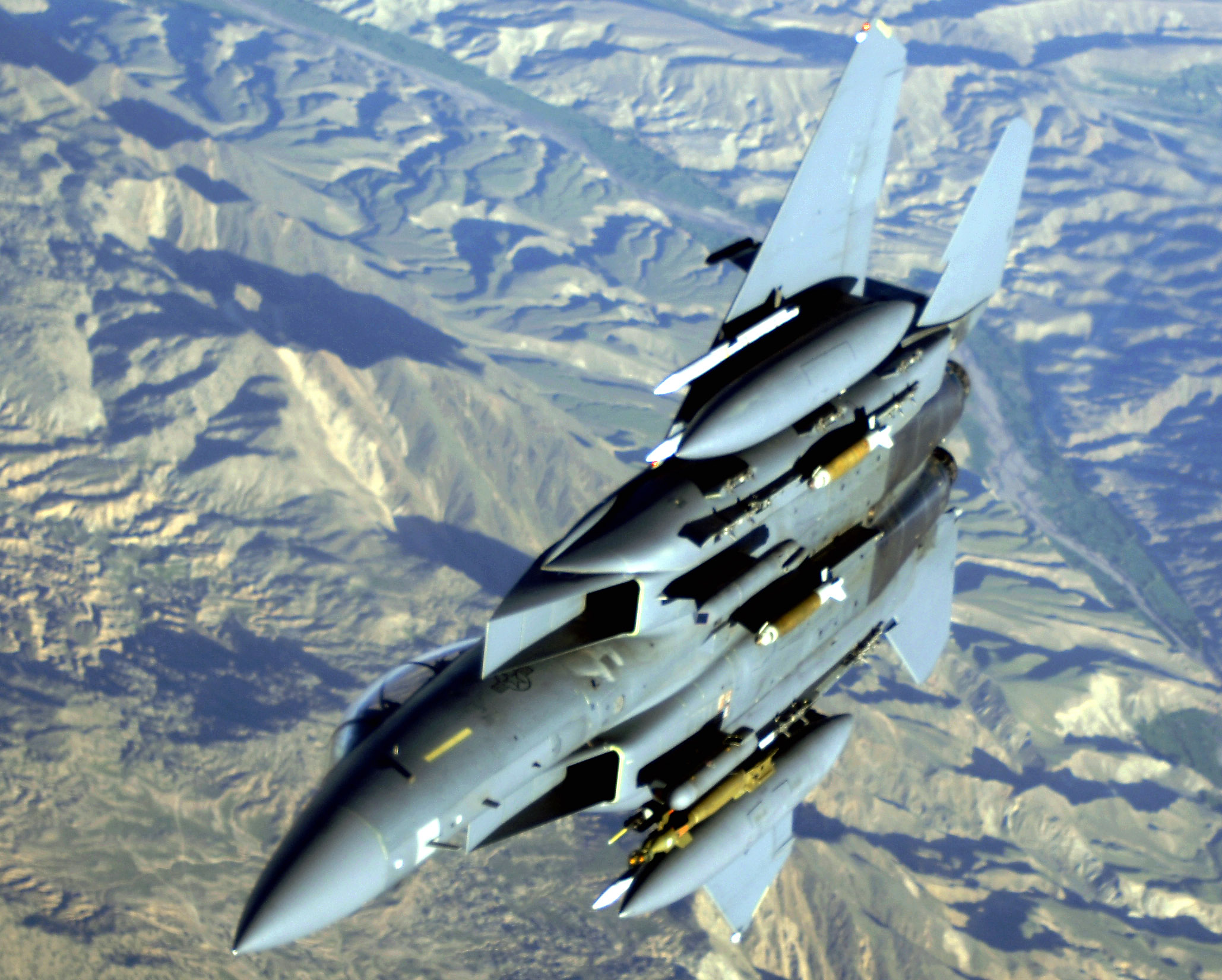
This post is also available in:
 עברית (Hebrew)
עברית (Hebrew)
The ability to pinpoint and act against moving, dynamic targets is at the center of a new project conducted by the US Air Force Research Laboratory. The project seeks to develop affordable technologies that provide accurate and timely planning and execution against dynamic, time-sensitive, or pre-planned targets. The Air Force is calling upon industry to enable fast attack planning on valuable targets, for missions with a highly limited time frame.
Today’s dynamic targeting happens in a timeline on targets outside of the Air Tasking Order (ATO) so compressed that fast-paced activity allows for little time to analyze the target or assign the best weapon for the job, Air Force researchers explain. The Information Analysis for Multi-Domain Operations and Targeting Support project seeks to change that, according to militaryaerospace.com.
The Air Force wants industry to provide technologies for air operations center and combatant command targeting needs, which involve lethal, disruptive, and resilient targeting using algorithmic warfare, artificial intelligence (AI), and machine automation.
This project centers on four technology areas: optimization; modeling and simulation; workflow analysis; and virtual and augmented reality. In addition, it has three knowledge areas: multi-domain operations (or military operations on land, in the air, at sea, in space, or in cyberspace); dynamic targeting; and weaponeering.
Optimization seeks to analyze and improve targeting by identifying available resources, performing weaponeering, choosing ideal available weapon effects, and choosing most appropriate platform for delivery in a ranked list of suggested courses of action. The goal is to reduce mission planning time, reducing mission costs, and increasing mission success rates.
Modeling and simulation seeks to create models that simulate attacks on moving targets, multi-domain command and control (MDC2), and using dynamic targeting scenarios to determine how new technologies could shape the battlespace.
Workflow analysis seeks to use workflow methodologies to understand work processes and output, grounded in a social and technical framework.
Virtual and augmented reality seeks to overlay information from several different sources to create a simulated multi-dimensional picture of the battlefield to help users try out different scenarios to enhance mission effectiveness and enable better decisions.
Multi-domain operations seeks to integrate operations in several domains and create complex dilemmas for potential adversaries. Dynamic targeting seeks ways to attack targets that are identified too late, or not selected for action in time to be included in deliberate targeting. Weaponeering is determining the quantity of a particular type of weapon necessary to inflict a specific level of target damage.
The Information Analysis for Multi-Domain Operations and Targeting Support project will spend about $50 million over five years. For now the Air Force is asking industry for white papers, not for formal proposals.

























